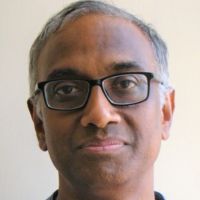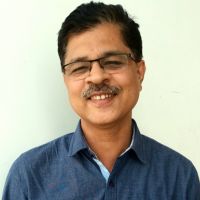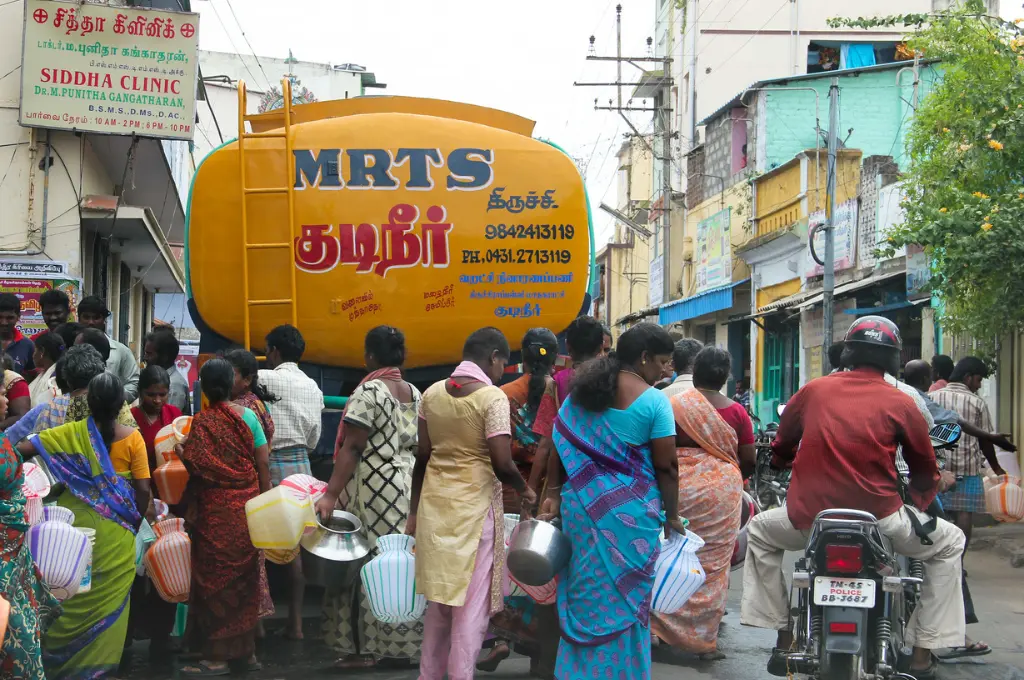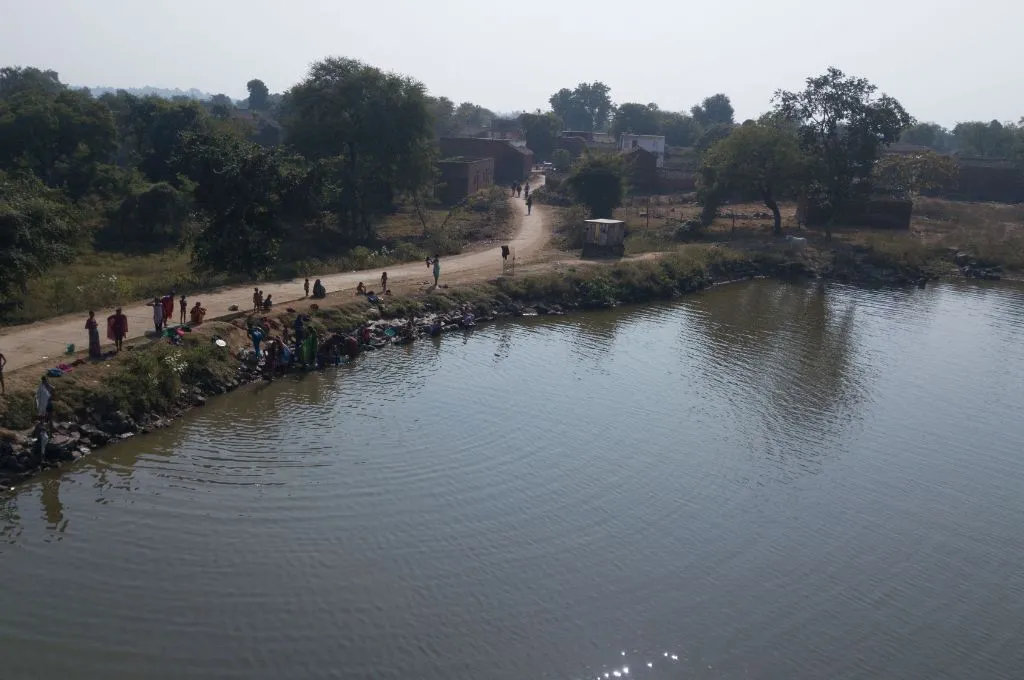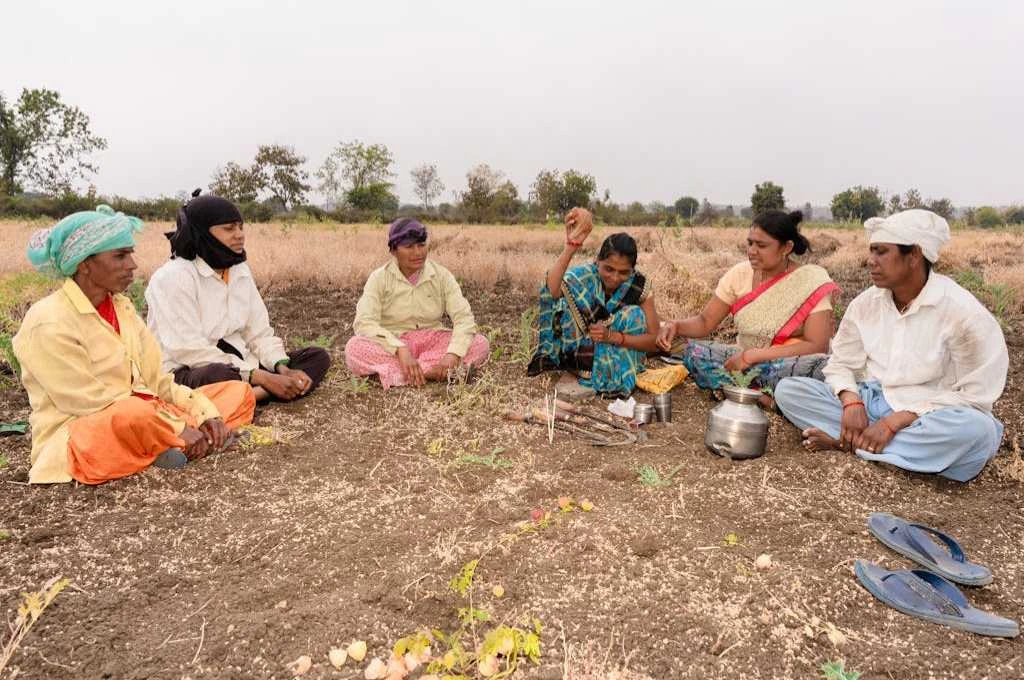In the tribal regions of eastern and central India—where PRADAN has worked for 40 years—there is a large vulnerable population of small and marginal farmers, who primarily practise rainfed agriculture on their farms and also rely on forests. These areas receive high rainfall but the rainwater runs off because of the hilly terrain, which results in high water insecurity. Watershed development efforts by the state governments of Madhya Pradesh, Chhattisgarh, Odisha, West Bengal, and Jharkhand have had limited impact due to suboptimal investments. And in most cases, tribal communities were absent both in the planning and the implementation. When communities have limited involvement in the plans and decisions being made, they are unable to link development initiatives to their own lives and livelihoods. A water conservation system can be successful and self-sustaining only when it is built around the community’s vision of a better life and their livelihood plans. It must also take into account the needs of both people and animals—this has been a significant learning for us at PRADAN.
The solution to the macro problem of natural resource management, and climate change, can be found at the micro level—on the field, and with individual households and farmers. At PRADAN, we have always believed that people are capable of driving the change they need. Community participation ensures that the needs and knowledge of the community are synchronised with the larger initiative. This bottom-up approach is not a new idea. Nonprofits have been fine-tuning participatory and community-based planning and implementation for decades now.
When we started involving women in planning processes beyond savings and credit, we were surprised to see their desire to learn quickly and adapt.
In our early days, we had set up women self-help groups (SHGs) for microfinance. But when we started involving them in planning processes beyond savings and credit, we were surprised to see their desire to learn quickly and adapt, and their strong commitment to the community. We witnessed the potential, wisdom, and enterprising attitude that they bring to any realm of engagement—be it financial, technical, social, or even political. We soon understood it was time to question the way we plan development programmes, and not just involve women but also make them leaders of our planning and implementation. Women have now taken ownership of programmes; many SHG members are fighting local elections and sitting in panchayats today. Thus, we are convinced that women are the key stakeholders in this process and should lead from the front.

We have mobilised farmers, especially women, for water security plans in rural areas since the early 2000s. Our Integrated Natural Resource Management model in West Bengal, Chhattisgarh, Odisha, and Jharkhand spans more than 110,000 hectares of land and has improved the earnings of more than 740,000 farmers. What has made this possible?
Community participation
Communities feel motivated when they are working to their own plan. Planning at the level of the individual household gives members a sense of ownership of and attachment with the assets. In fact, what we need is a way in which the bottom-up plans of the community are consolidated at the appropriate level, so they can be funded by the various government departments. In this way, the government works to the people’s plan and not the other way round. Communities spend their time, energy, and even financial and non-financial resources to create and maintain a structure when they are invested in it from the beginning.
Before starting any project, community resource persons mobilise communities to understand their needs and challenges. We work with women’s SHGs, village-level organisations, and cluster-level federations. Members gather to reflect on their goals and objectives and weigh the options in front of them. They discuss the need for village infrastructure or schools and facilities for their children. Very often, issues boil down to those of livelihoods, and water is at the core of all conversations on livelihoods. Those who live by agriculture, forest produce, or livestock eventually bring up the challenge of access to water. This leads to the next set of discussions on how to ensure water and food security. Based on this, hamlets and villages create their own plans for water conservation that are aligned to their resources—land, water, livestock, and human resources—as well as their needs, preferences, and aspirations. We ensure that the locus of control, initiative, and influence stays with the community. But we provide technical assistance in converting ideas to plans and our professional assessment of their feasibility.
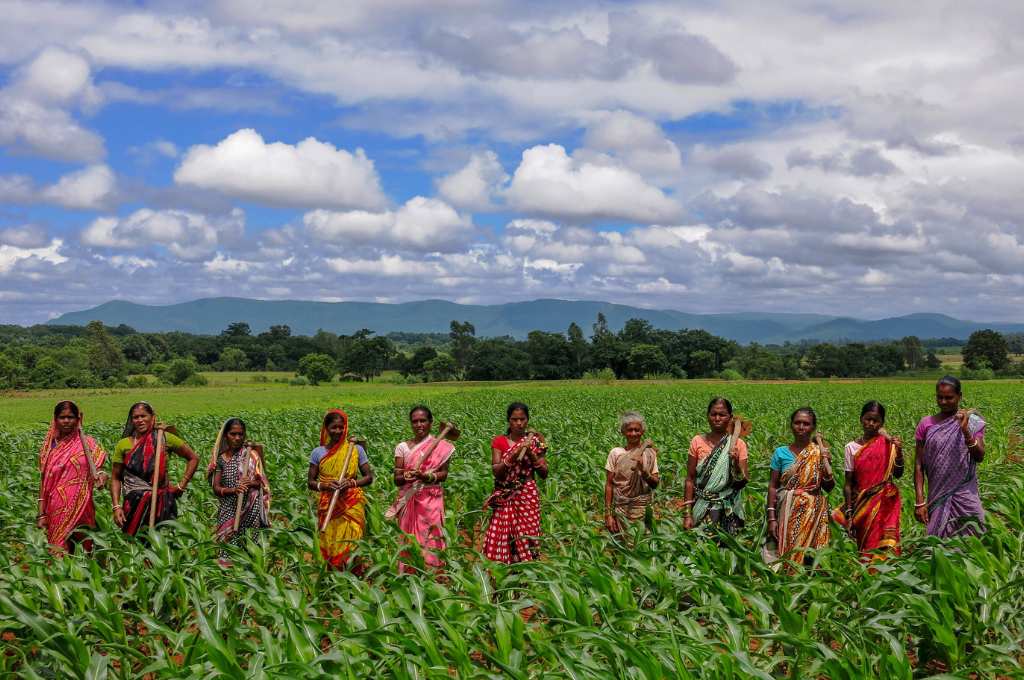
Use of public funds
Since 2005, public funds have been available under the Mahatma Gandhi National Rural Employment Guarantee Act (MGNREGA) for the creation of resources that safeguard a region from drought, deforestation, and soil erosion. Those seeking wage employment can use MGNREGA funds to build watershed assets, such as ponds, trenches, gully plugs, seepage tanks, and rainwater harvesting structures.
When SHGs work with the panchayat, it becomes possible to develop comprehensive treatment plans that are locally relevant.
The gram panchayat is the planning unit. When SHGs work with the panchayat, it becomes possible to develop comprehensive treatment plans, that are locally relevant and reflect the needs of the people. The panchayat then allocates this budget over three- to four-year plans. In implementing these plans, community members earn a wage while creating their own land and water assets. This in turn makes farming sustainable. PRADAN can then focus on improved agriculture productivity for better farming returns.

A template for convergence
PRADAN tries to ensure that SHGs are integrated into the gram panchayat planning process. This collaboration between Panchayati Raj institutions, SHGs, and the local administration is the backbone of the process of change. Once an execution model is successful—in this case with MGNREGA—it paves the way for other government departments, donors, and organisations to participate. The same template can be used to converge resources from other interested stakeholders. Depending on the quantum of resources that are deployed, this becomes a framework for scale-up where civil society organisations and the government play complementary roles. Financial institutions can also provide working capital and other market support within the same framework. Many interventions get integrated, and this has a multiplier impact, creating a whole value chain. In fact, in many places, it has now gone beyond agriculture to farmer producer organisations. PRADAN creates the prototype but, over time, it becomes only one of the many stakeholders in this thriving ecosystem.
Training for a ‘people bias’
Over the years, as we have built the capacity of local communities to manage their resources, we have learned that no single model is a ‘silver bullet’; there can be no one-size-fits-all approach. Solutions need to be customised for the local context and people need to be trained to effectively manage their resources.
This is why we recruit from the best technical and managerial colleges and put the recruits through an intense development apprenticeship programme. They spend a year embedded in the communities in which they will work. This one year is dedicated to learning and, more importantly, unlearning. An engineer may have an engineering bias, an agriculturist an agricultural bias. We want all of them to develop a ‘people’ bias, a bias for the person whose voice is least likely to heard.
For real development, we as a society need to listen to those who are not always heard. We must believe in placing the last first. The community approach or the bottom-up approach provides precisely this—a space and platform for the most vulnerable and voiceless people.
—
Know more
- Read more about the role that watershed management plays in moving people out of poverty.
- Learn more about watershed development programmes in India.
- Listen to this podcast that discusses the future of farming in India.


